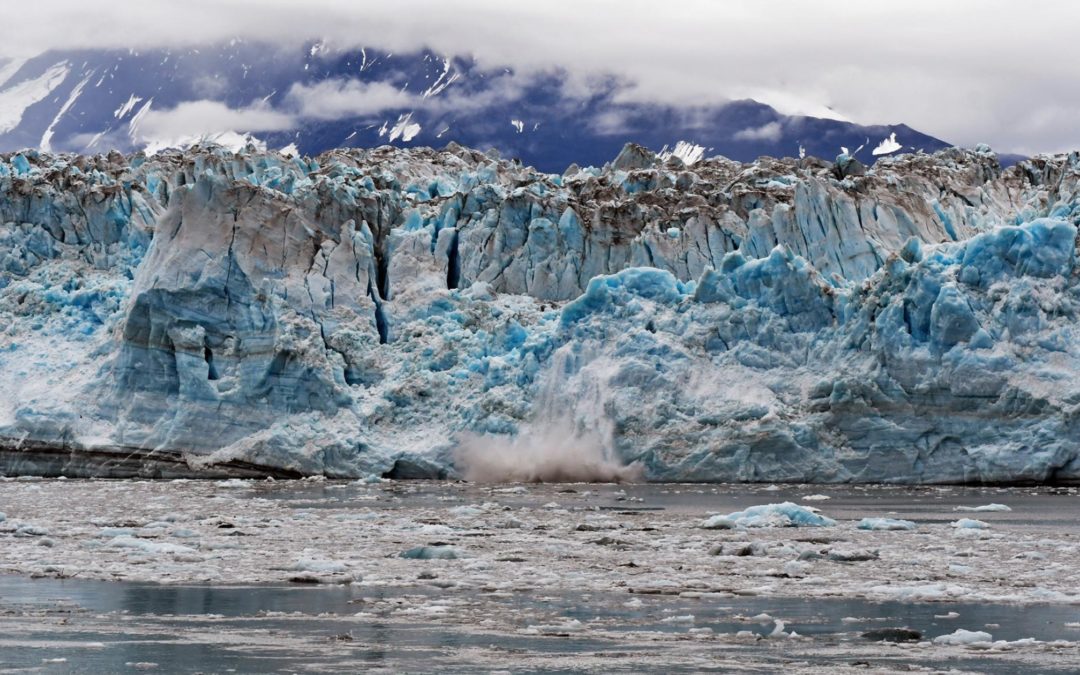SOURCE: National Geographic
DATE: July 25, 2019
SNIP: A new way of measuring how some glaciers melt below the surface of the water has uncovered a surprising realization: Some glaciers are melting a hundred times faster than scientists thought they were.
In a new study published today in Science, a team of oceanographers and glaciologists unpeeled a new layer of understanding of tidewater glaciers—glaciers that end in the ocean—and their dynamic processes.
“They’ve really discovered that the melt that’s happening is fairly dramatically different from some of the assumptions we’ve had,” says Twila Moon, a glaciologist at the National Snow and Ice Data Center at the University of Colorado-Boulder who was uninvolved with the study.
Some of this calving and glacial melt is a normal process that glaciers undergo during seasonal transitions from winter to summer, and even through the summer. But a warming climate accelerates glacier melting across the globe, potentially through melting across the surface of the glacier, but also through underwater melting.
Glaciers can extend hundreds of feet below the surface, explained Ellyn Enderlin, a glaciologist at Boise State University who was not involved with the study. Finding higher rates of submarine melting tells us that “glaciers are a lot more sensitive to ocean change than we’ve even thought.” Understanding the melting processes and calculating the amount of melt accurately is essential for planning for sea level rise.

